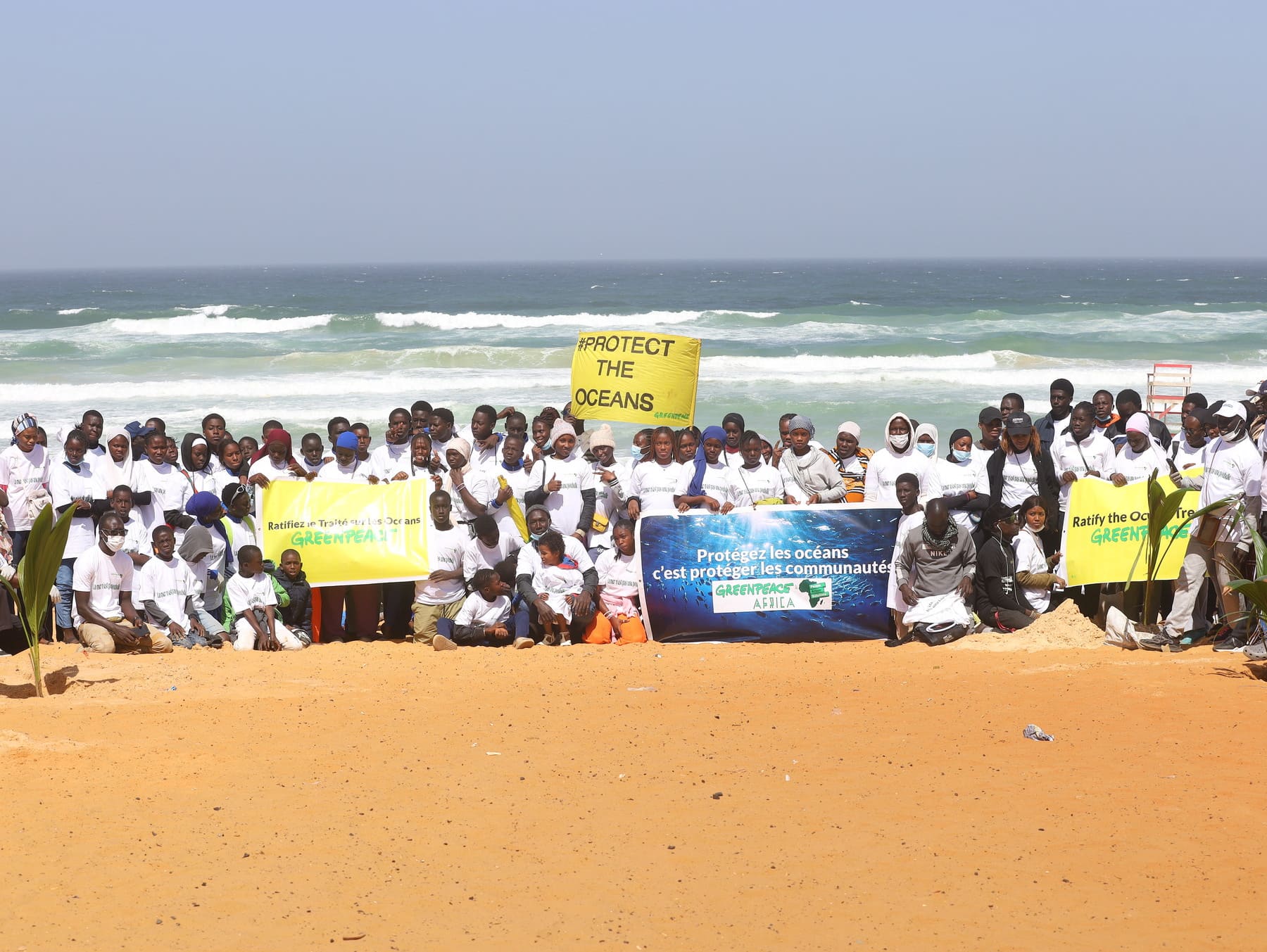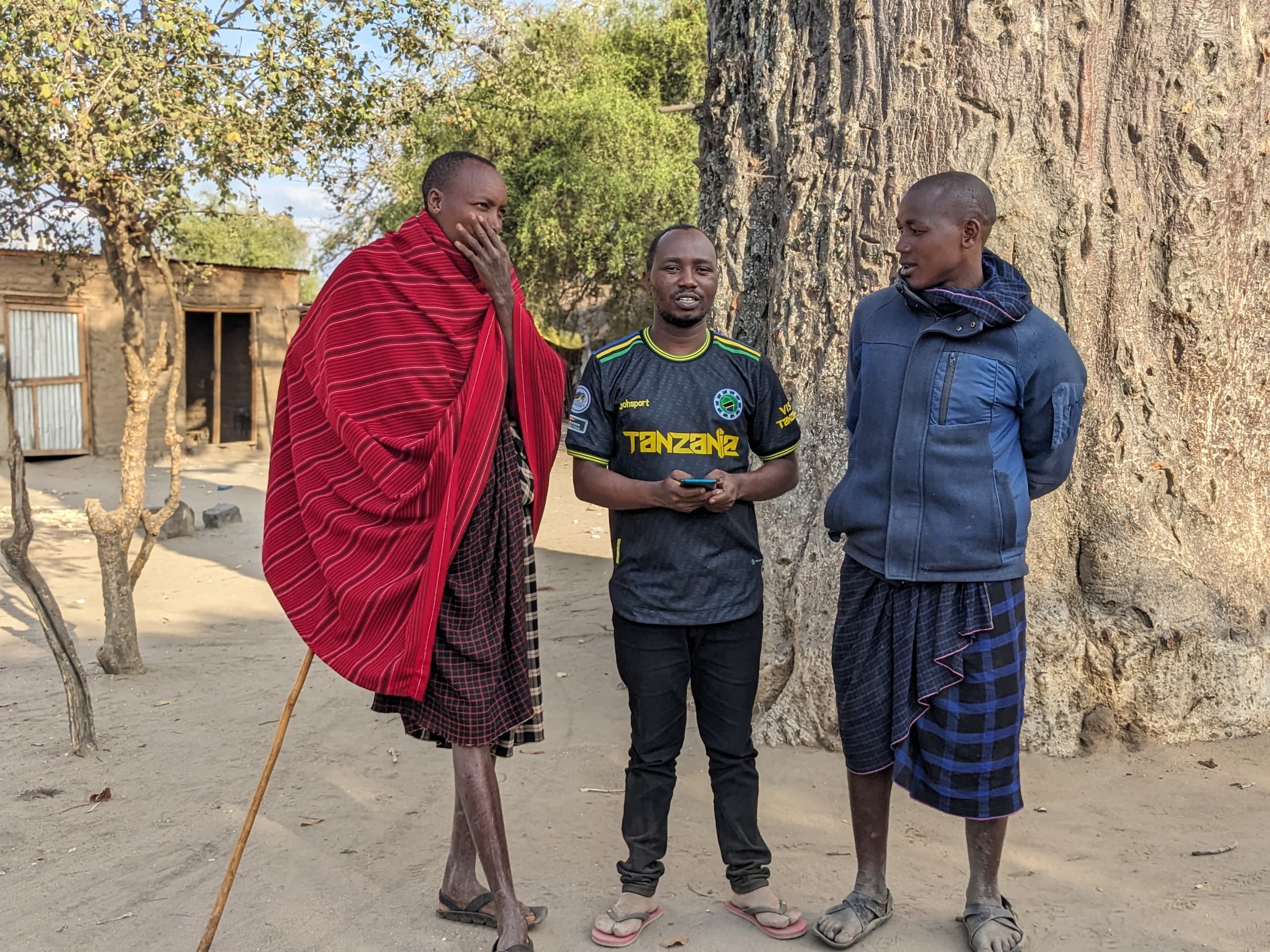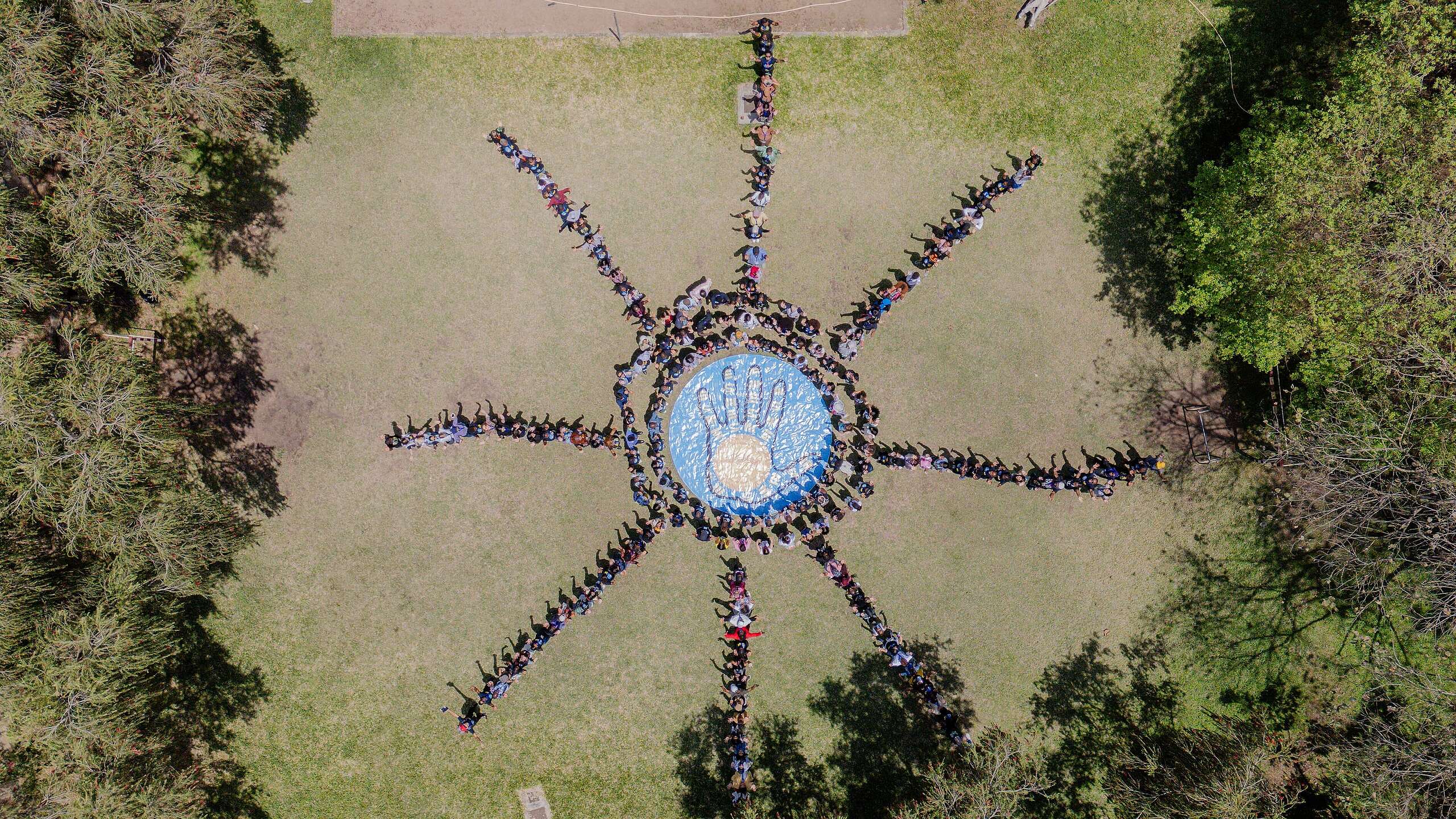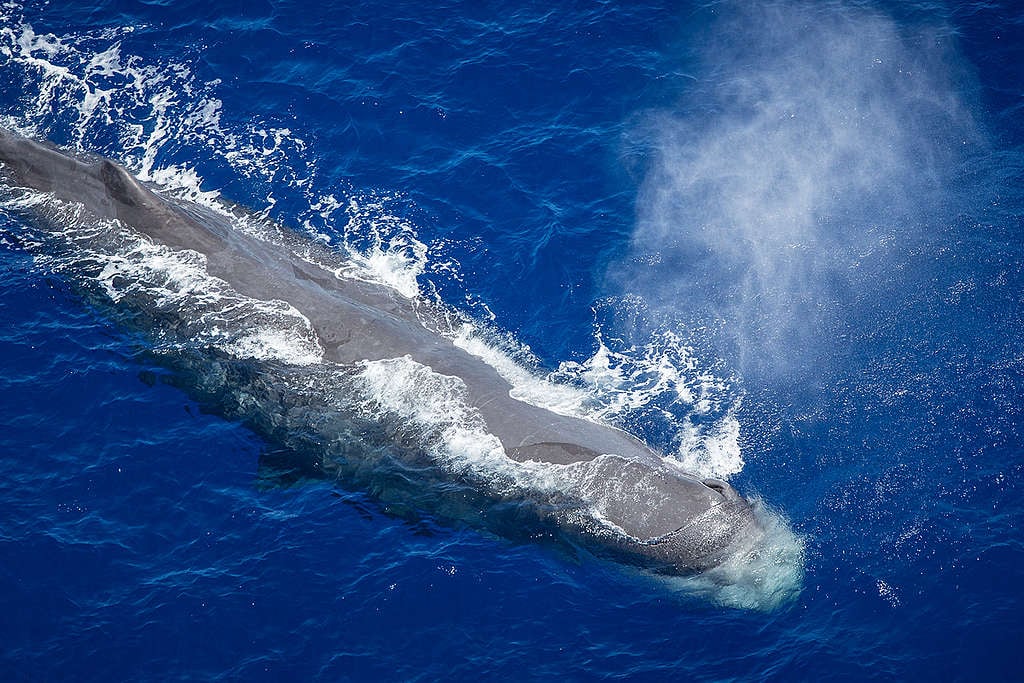
Home to an estimated one-third of the global population and diverse marine species like silky sharks, sperm whales, albatrosses, bigeye tunas, whale sharks, and leatherback sea turtles is the Indian Ocean, the world’s third largest named ocean.
This expansive saltwater body sustains all life on Earth in a couple of ways. For one, it is rich in the healthiest source of protein on the planet: seafood. Coastal communities in countries bordering the Indian Ocean, such as Comoros Islands and Seychelles, depend on fish as their primary source of protein and are among the largest consumers of seafood in Africa.
The world’s oceans also play a vital role in minimising the impact of climate change. Findings show that the ocean absorbs approximately one third of greenhouse gas emissions from the atmosphere and 80-90% of the heat added to it.
By regulating the Earth’s climate, our oceans minimise the occurrence of adverse climate change events like prolonged drought, floods, reduced agricultural productivity, and increased health risks. That safeguards our existence.
In a nutshell, we absolutely cannot do without the oceans, so keeping them healthy is our priority.
But the Indian Ocean is under numerous threats, including overfishing, climate change, deep sea mining, seismic blasting, plastic pollution, coral reef degradation, and coastal development.
Here are some facts about the importance of the Indian Ocean to the African continent, the challenges it is currently facing, and what Greenpeace Africa is doing to counter these challenges.
Importance of the Indian Ocean
1.The Indian Ocean is a habitat to diverse marine species
Occupying about 20% of the earth’s surface, the Indian Ocean is a habitat to thousands of marine species. The species are spread across its deep waters, coral reefs, mangroves, and seagrass meadows. The nutrients present in the waters and the availability of food help determine where marine life lives.
The easternmost part of the Indian Ocean, termed a global hotspot for marine biodiversity, is inhabited by the highest population of marine species in the world, including sharks, dugongs, whales, and sea turtles. The ocean’s seamounts and hydrothermal vents also provide conducive conditions for marine life to thrive. Further, its clear waters are populated by huge tuna fish schools whose main source of food is the smaller fish, exemplifying the diversity of marine animals.
2. The Indian Ocean is a migration route for wildlife
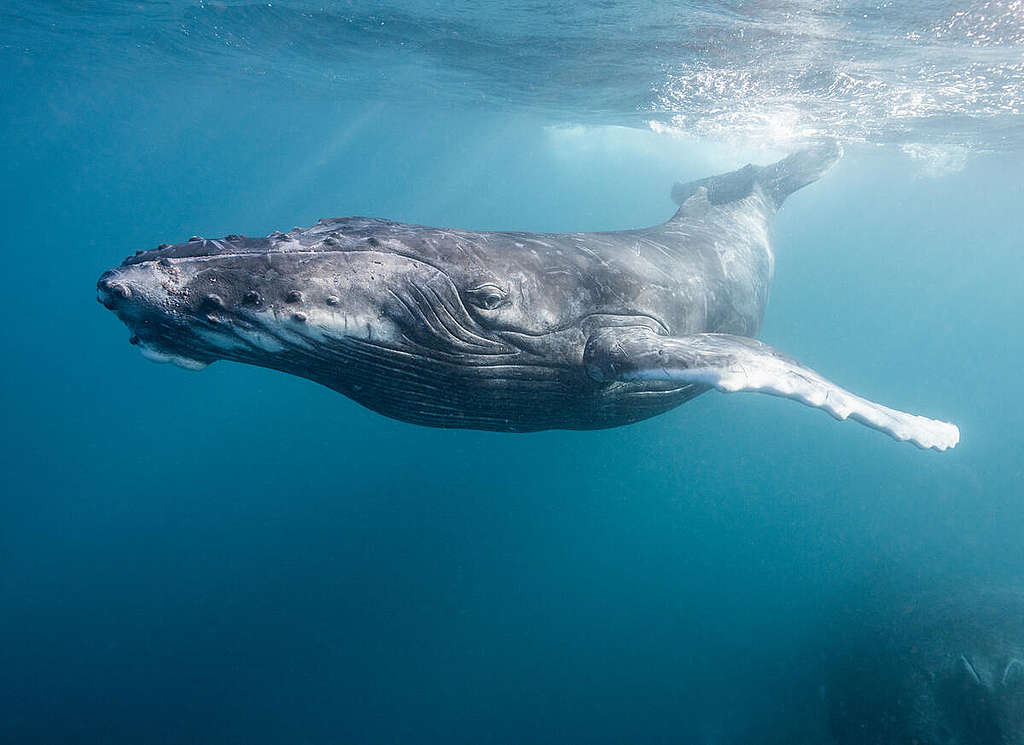
Ocean wildlife migration is essential to sustaining marine ecosystems. Animals migrate for numerous reasons, including finding food and mates and escaping extreme weather conditions.
Humpback whales, for instance, migrate during the summer to the polar ice feeding grounds in search of small fish and krill. They return to the warmer waters of the Indian Ocean in the winter to reproduce and raise their calves, and remain there until the next summer.
Similarly, Christmas Island red crabs migrate from the rainforest to the Indian Ocean to find mates and reproduce. Wildlife migration also draws tourists from across the world to different African coastlines, thereby sustaining the tourism industries of the relevant countries.
3. The Indian Ocean minimises the adverse impacts of climate change
As earlier mentioned, oceans absorb over 80% of heat from the earth’s atmosphere, cushioning humanity from the adverse effects of climate change. This means that the current impacts we are experiencing could be much worse if it were not for our oceans.
However, the Indian Ocean’s capacity to mitigate global warming is declining as the ocean and the marine ecosystem continue to take a hit from dire climate emergency impacts. The repercussions of these impacts on the Indian Ocean, such as the depletion of fish stocks, are being felt by coastal communities that depend on it for food and income.
4. The Indian Ocean promotes food security in Africa
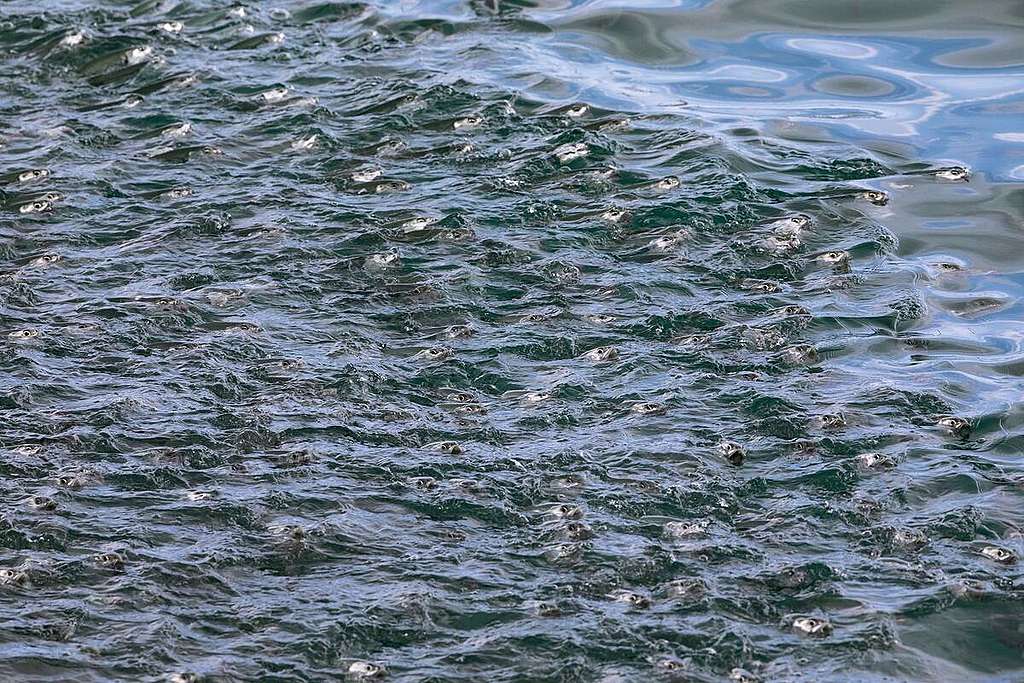
Fish are critical to the survival of millions of people in the Global South who depend on them for food. The Indian Ocean is rich in high-protein fish such as fresh tuna. In particular, roughly 21% of the global tuna catch is sourced from the Indian Ocean.
Island countries in Africa, such as Comoros Islands and Seychelles, obtain much of their animal protein intake from seafood. So fish is key to food security in coastal communities worldwide and should thus be protected at all costs.
5. The Indian Ocean is a potential renewable energy source
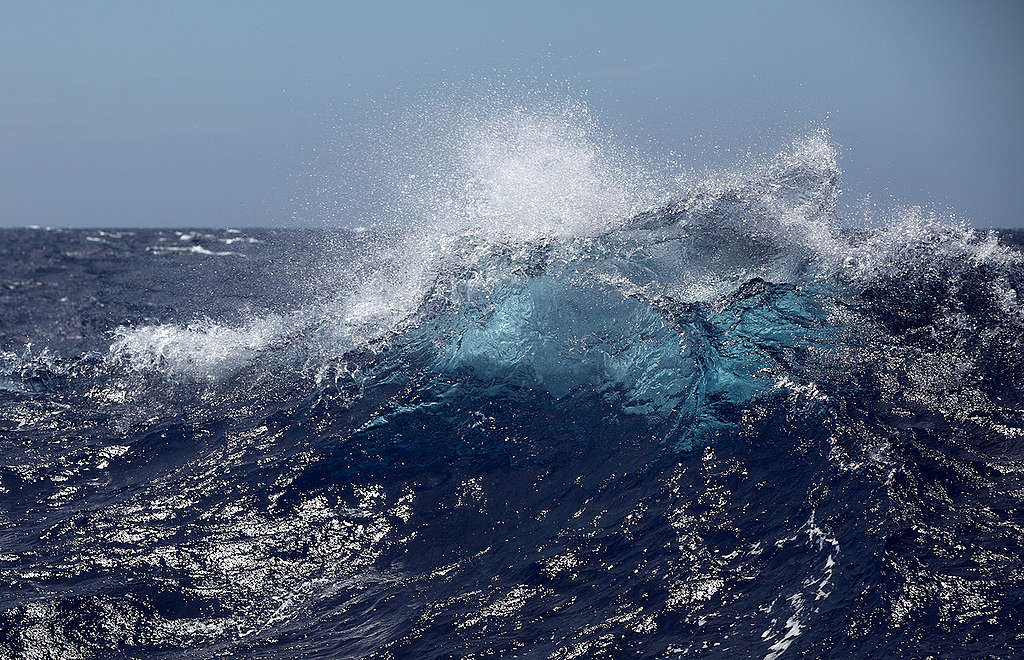
Fossil fuels like coal, gas and oil poison our atmosphere, and often our land and water sources too, but sustainable energy sources like wind, solar, hydropower, wave and tidal energy are totally clean. While fossil fuels will run out soon, sustainable energy sources will last forever – and they’re already creating hundreds of thousands of jobs too.
A 2018 IPCC report explored the ocean’s potential to meet the world’s renewable energy needs by generating energy from various sources, including waves, ocean currents, tidal range and currents, salinity gradients, and Ocean Thermal Energy Conversion (OTEC). While these energy sources are still in the development stage, the theoretical potential of this resource exceeds current human energy needs.
6. The Indian Ocean coastline is a major tourist destination
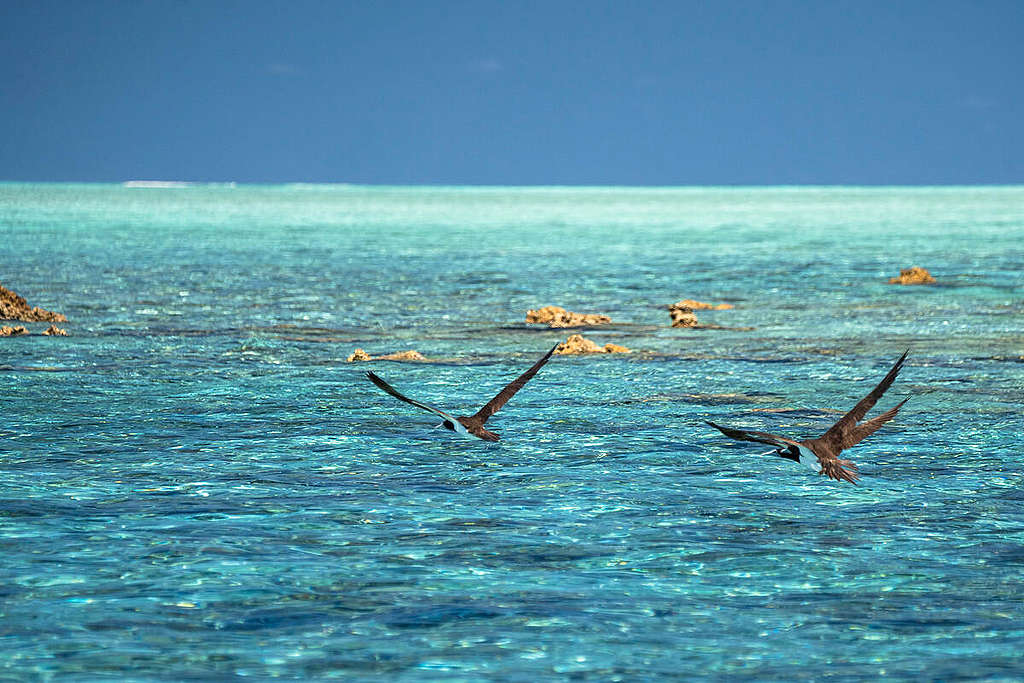
The ocean’s turquoise waters, breathtaking islands, immaculate white sandy beaches, spectacular scenery, and vast marine and coastal biodiversity are a sight for sore eyes to nature-lovers around the world, making it a major tourist destination. It is for this reason that the ocean sustains the economies of the numerous nations it borders, including South Africa, Mozambique, Madagascar, and Seychelles.
7. The Indian Ocean is home to 30% of the world’s coral reef cover
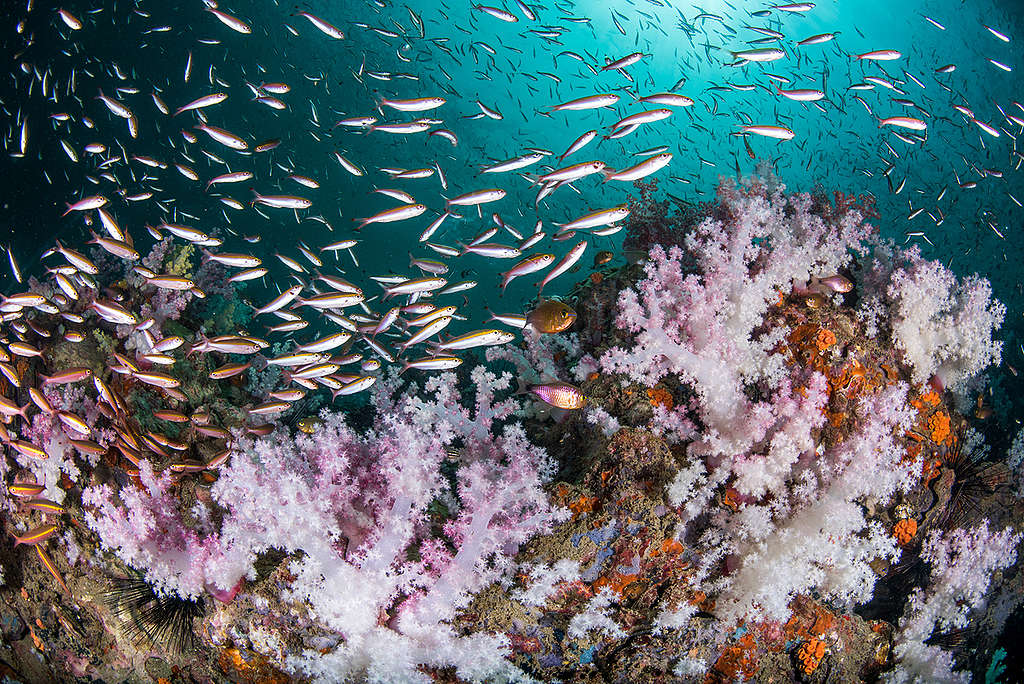
Coral reefs are a vital part of ocean biodiversity and play a critical role in safeguarding the ocean and the people that depend on it. Healthy coral reefs, for example, help sustain the tourism industry as they form beautiful seascapes, facilitating various recreational activities.
These ocean resources also provide habitat to an assortment of marine species that use them as breeding, feeding, and hiding grounds, allowing them to thrive.
Further, reefs play a crucial role in sustaining the livelihoods of communities whose primary source of food and income is fishing. Overall, their significance to the survival of the ocean ecosystem cannot be understated.
8. Coastal and indigenous communities across the globe are deeply connected to the Indian Ocean spiritually and culturally
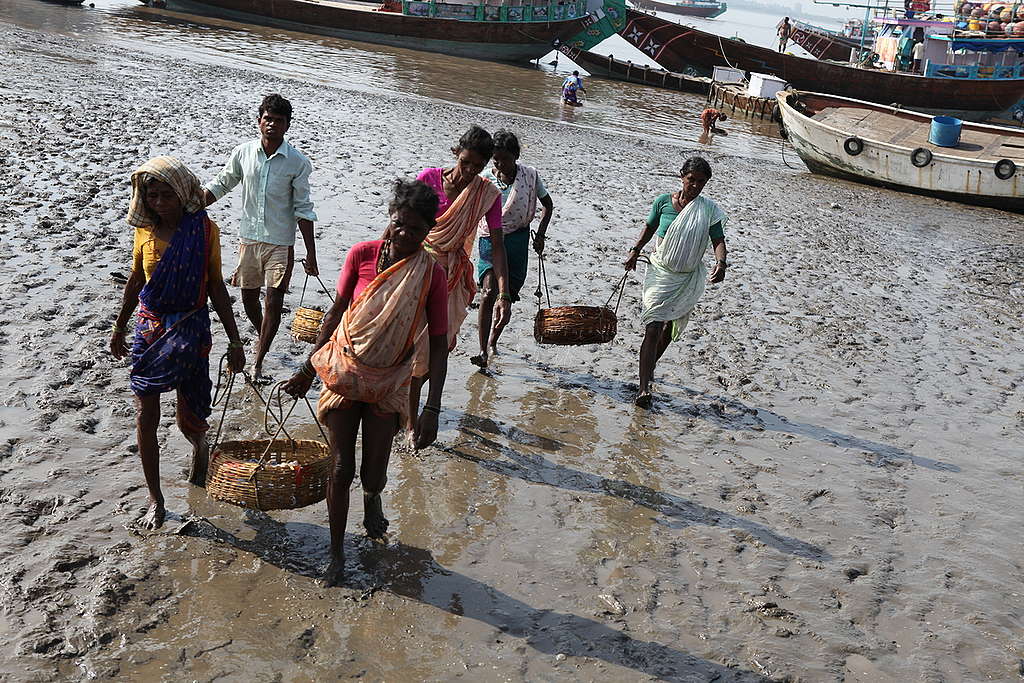
For centuries, the Indian Ocean has been used for trade and exchange. During this time, local communities have amassed extensive cultural and intellectual material through interactions with other cultures, gradually incorporating them into their way of life.
The spiritual connection these populations have to the ocean cannot be ignored either. Many communities believe in the existence of a submarine universe in the Indian Ocean’s deep water. By acting as a trade and transport route, the ocean also enabled the spread of Islam between the 7th and 8th centuries, emphasising the ocean’s significance at a spiritual level.
Upholding spirituality, culture, and identity is necessary to shape a community’s beliefs and values and to maintain a people’s integrity. Preserving spiritual and cultural identity also safeguards history and increases individuals’ sense of belonging. More notably, it informs a community’s moral code, their duty to present and future generations, and their respective responsibilities. As such, protecting the Indian Ocean is essential to safeguarding coastal communities’ spiritual and cultural identities.
Threats to the Indian Ocean and What Greenpeace is Doing About Them
Currently, the Indian Ocean faces a range of challenges, such as overfishing, climate change, deep sea mining, seismic blasting, plastic pollution, coral reef degradation, and coastal development.
Here is a breakdown of these threats and Greenpeace Africa’s active role in preventing and managing these threats.
9. Overfishing has become rampant in the Indian Ocean
In recent years, fish populations in the Indian Ocean have dwindled due to illegal, unregulated and unreported fishing, and other unsustainable fishing practices. Research provides evidence of overexploitation of fish in the Indian Ocean in a third of the assessed fish populations.
The main reason behind this is industrial fishing. The use of advanced technology to find fish shoals and the application of unsustainable fishing practices by big corporations in the fishing industry means fewer fish for small-scale fishers.
The governments’ failure to act, inefficient RFMOs (Regional Fisheries Management Organizations) such as the IOTC (Indian Ocean Tuna Commission), and weak policies such as SIOFA (Southern Indian Ocean Fisheries Agreement) are also responsible for this threat. Consequently, billions of people worldwide are left vulnerable to food insecurity and at risk of losing their livelihoods.
What is Greenpeace Doing About It?
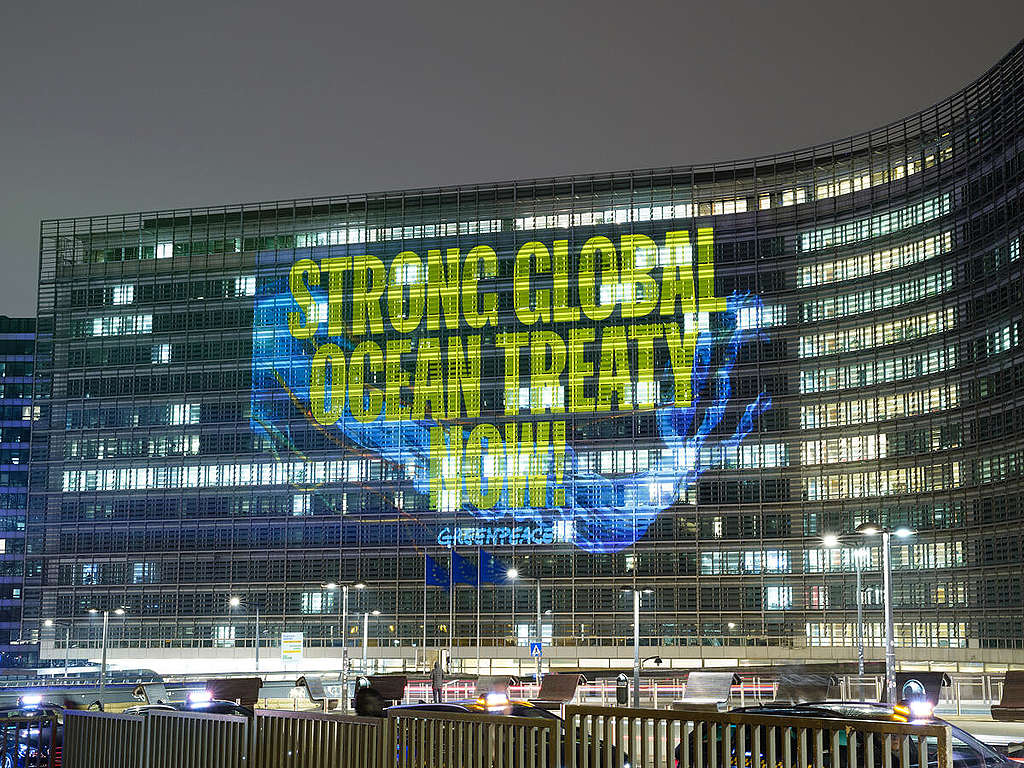
In an effort to curb overfishing, Greenpeace supports the creation of ocean sanctuaries to protect marine life, sustain livelihoods and improve the health of our oceans.
Our principles are simple: don’t take anything, don’t break anything, and don’t pollute anything.
Not taking anything from the ocean sanctuary allows fish populations to grow and reproduce until they have increased in number and can spill beyond the ocean sanctuary’s border. Then, we can fish them.
Not breaking anything applies to extractive industries that ambush marine life in their habitats in an attempt to exploit marine resources, leaving destruction in their wake. Ocean wildlife need safe and conducive habitats to thrive, and that can only be achieved by honouring this principle.
Not polluting anything concerns all of us. Overfishing is not the only thing that is causing a decline in the Indian Ocean’s fish populations. Oil and chemical spills and plastic pollution are also endangering marine life, causing injury and death, further devastating our oceans. At the moment, marine protected areas make up less than 2% of international waters.
The Global Oceans Treaty that Greenpeace campaigned for for over a decade has been designed with this issue in mind, as it aims to protect at least 30% of the world’s oceans by 2030. In 2019, the organisation launched a pole-to-pole expedition for its “Protect the Oceans” campaign to explore climate change, plastic pollution, oil drilling, overfishing, and deep sea mining threats.
The findings of the expedition informed Greenpeace’s efforts in securing the Global Ocean Treaty. Fortunately, these efforts were recently rewarded after governments delivered the treaty, which has been marked as one of the most important conservation victories in recent years. Greenpeace continues to celebrate this victory and thanks all its supporters across the world, without whose contribution, the dream would not have been realised. But we are continuing the campaign: we need to pressure governments to stick to their promises by ratifying the treaty and creating new marine protected areas.
10. The Indian Ocean is hurting because of climate change
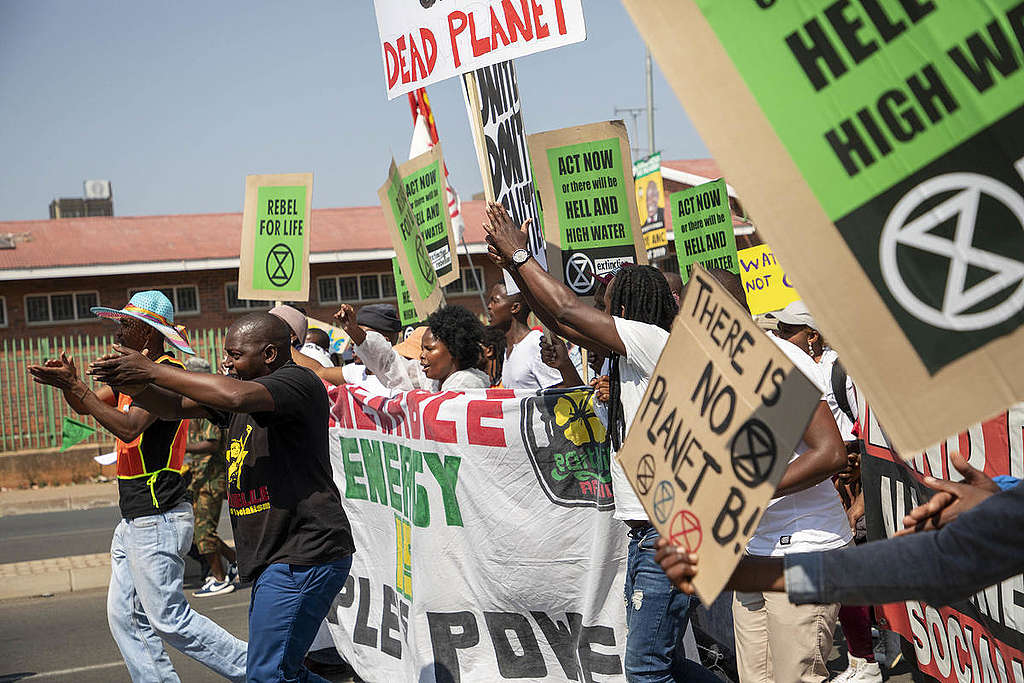
Our dependence on fossil fuels is endangering the Indian Ocean.
Like all oceans, the Indian Ocean absorbs excess heat – 80-90% – from the earth’s surface. It is also bordered by the South Asian landmass to the north.
Consequently, heat accumulated in the northern part of the ocean and heat absorbed from the atmosphere due to global warming triggers severe climate change impacts such as marine heatwaves, sea-level rise, ice melting in Antarctica, and ocean acidification.
These extreme changes have far-reaching impacts on marine biodiversity, including coral bleaching and the decimation of marine species. There is also potential for extreme weather conditions like flooding in low-lying areas, as has been evident in South Africa in recent years and months.
What is Greenpeace Doing About It?
That oceans are critical to the survival of humanity is not subject to debate. But how much longer they can continue to protect us if we do not act now remains uncertain. Waiting to find out is too much of a risk, which is why Greenpeace has been relentlessly pushing for the Global Ocean Treaty and for a switch to clean, sustainable energy.
Besides curbing overfishing, implementing the treaty will also relieve the Indian Ocean and other oceans from the unforgiving impacts of climate change, preserving the health of the ocean and all living things that depend on it.
11. The Indian Ocean seabed is at risk from deep sea mining
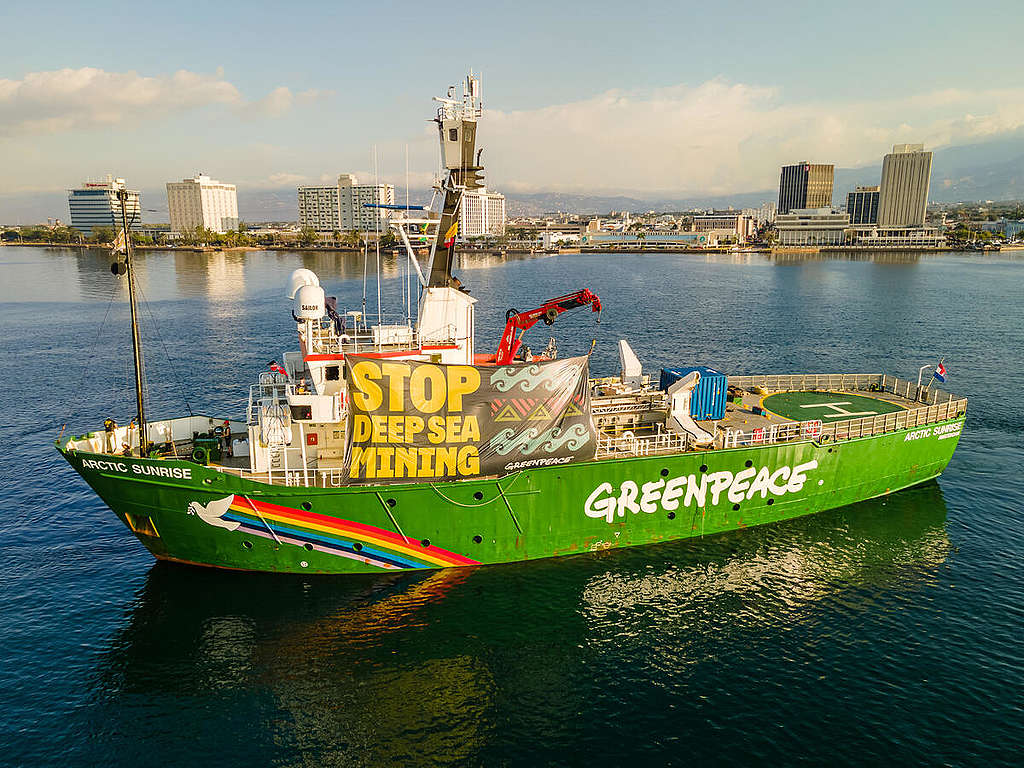
Global companies, both private and state-owned, are gearing up to try their luck in deep sea mining. Their target? The seabeds of global oceans. This interest has attracted mixed reactions from governments across the world, with some expressing their displeasure and others their interest in pursuing a similar course of action.
This isn’t a “green solution,” as some corporations have claimed. But if we’ve learned anything from fossil fuel corporations, it’s that such companies will say anything to get their way.
Their focus is making profits for their wealthy shareholders, while everyone else suffers, and they certainly do not care about the impact of their actions on marine biodiversity. The terrifying-looking equipment they plan to use for deep-sea mining is enough to show the danger that this practice could pose to marine species.
These machines are said to weigh more than a blue whale – which can weigh up to 400,000 pounds. But machines of any weight digging up the sea bed will cause extensive harm to the marine ecosystem and coastal communities in the Indian Ocean region.
To make things worse, the International Seabed Authority (ISA) – the institution tasked with regulating deep seabed exploitation – seems apathetic about this issue. Just recently, governments participated in the 28th Session of the ISA in Jamaica and concluded it without agreeing about the fate of seabed mining. This puts our oceans at great risk as the commercially-imposed ultimatum lapses in July 2023.
What is Greenpeace Doing About It?
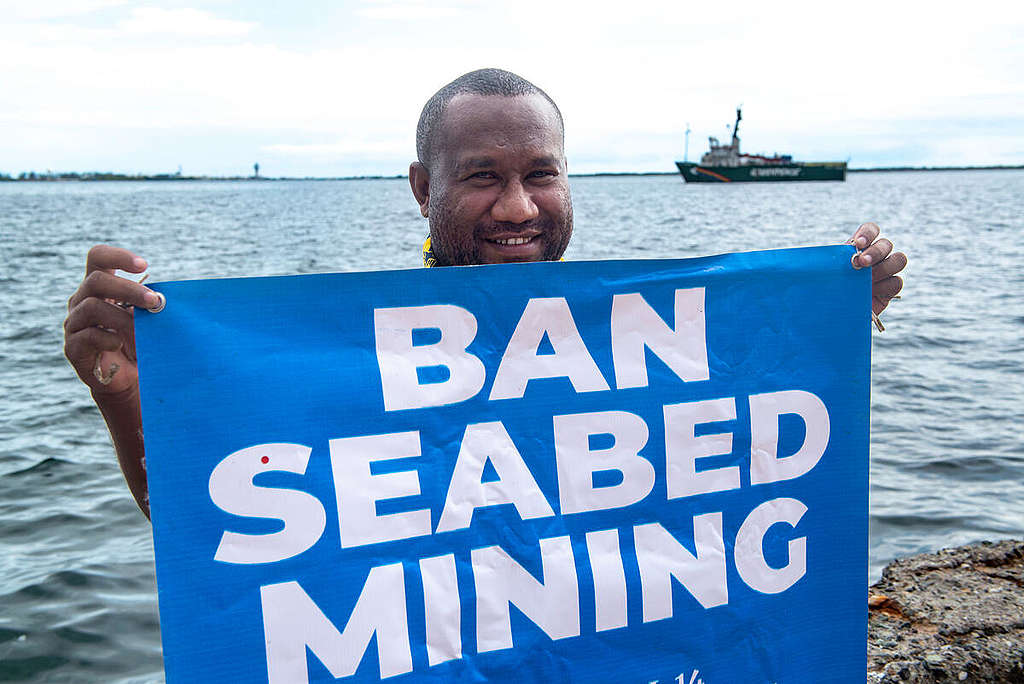
This isn’t the first time governments and institutions meant to protect our future have let us down. We have witnessed how indifferent governments can be when it comes to putting the interests of their people before those of greedy corporations. Like when governments refuse to replace fossil fuels with renewable energy sources even though it is the cheaper and cleaner choice and would create millions of jobs around the world.
But our victories – like the global ocean treaty – give us hope to fiercely pursue the change we want. Together, we can stop these corporations from aggressively exploiting our oceans by supporting Greenpeace’s Stop Deep Sea Mining campaign.
This campaign aims to thwart the deep-sea mining industry before it starts. Having seen the destructiveness of extractive industries like the fossil fuel industry and living through the climate crisis, we can all agree that our intervention is necessary and critical. We cannot afford to sit back and let this destructive industry develop, as we are aware of what awaits us if we do.
We need governments to revoke deep sea mining licenses as soon as possible to ensure that our oceans stay off-limits from mining.
We also need to amplify the voices of coastal communities whose livelihoods are at stake. And more than anything, we need your support in opposing deep-sea mining before it begins.
12. Seismic surveys endanger the lives of aquatic life in the Indian Ocean
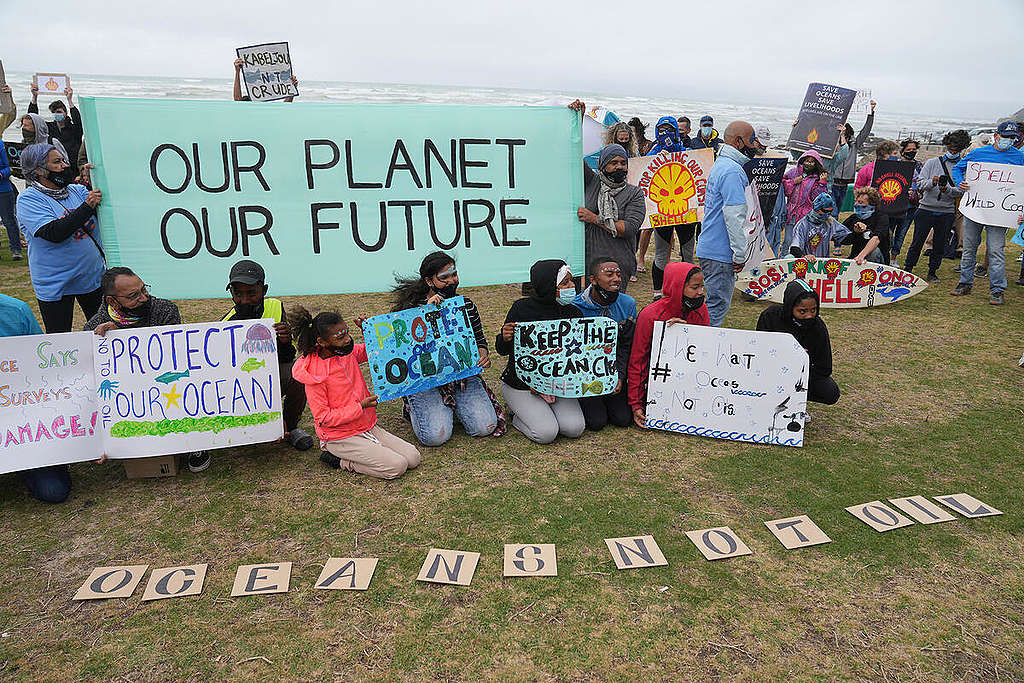
Fossil fuels such as natural gas, coal, and oil formed at the bottom of the ocean over millions of years from plant and animal remains that sank to the ocean floor. Besides these energy sources being polluting and expensive, the process of identifying them – seismic surveying – is also detrimental to the ocean.
However, multinational gas and oil corporations, like Shell, have proven to have little concern over these impacts. This is evidenced by their continued exploration of oil reservoirs beneath the ocean floor. The repercussions of their actions have been – and continue to be – felt by both marine biodiversity and the communities that depend on the Indian Ocean for survival.
Among the areas where Shell had set up camp is South Africa’s Wild Coast. To comprehend just how adverse the effects of Shell’s seismic blasting could be, you must first understand how ocean wildlife survives.
Unlike on land, marine life relies on sound for almost everything, including communicating, identifying predators, finding food and mates, and navigating the ocean. But seismic blasting makes this impossible. The ships used to conduct seismic surveys tug multiple air gun arrays to map the ocean floor. These high-powered arrays emit up to 200 decibels after every 10 seconds. The sound blasts released from these seismic surveys are comparable to the detonation of explosives every 10 seconds and can be heard kilometres away. Imagine how disruptive and devastating this is to marine life that depends on its sense of sound, and the extent to which their existence is therefore threatened.
The consequences of seismic surveys in the Indian Ocean range from the disorientation of ocean wildlife to the injury and death of both small and large ocean creatures. These adverse behavioural and physical effects hinder marine species from growing or reproducing, increasing their risk of extinction.
The livelihoods of communities that depend on the Indian Ocean are not exempted. With the destruction of fish populations comes the loss of those communities’ jobs, income and sustenance, which is a clear human rights violation.
What is Greenpeace Doing About It?
The South African government has repeatedly failed indigenous and coastal communities by refusing to put an end to seismic surveys on the Wild Coast. Thankfully, South African citizens, especially those living in towns along the coastline, did not back down – and neither did Greenpeace or its partners and supporters across the world. Instead, they rose to the challenge time and again and eventually emerged victorious after a South African High Court ordered Shell to cease seismic blasting off the country’s Wild Coast.
Shell is appealing the judgement, but we are confident they won’t succeed, and this victory cannot be downplayed. Rather, it should renew hope for a sustainable future. If we can stop greedy corporations like Shell from exploiting our natural resources, we can do more to protect our planet.
13. The Indian Ocean is the second most polluted ocean in the world
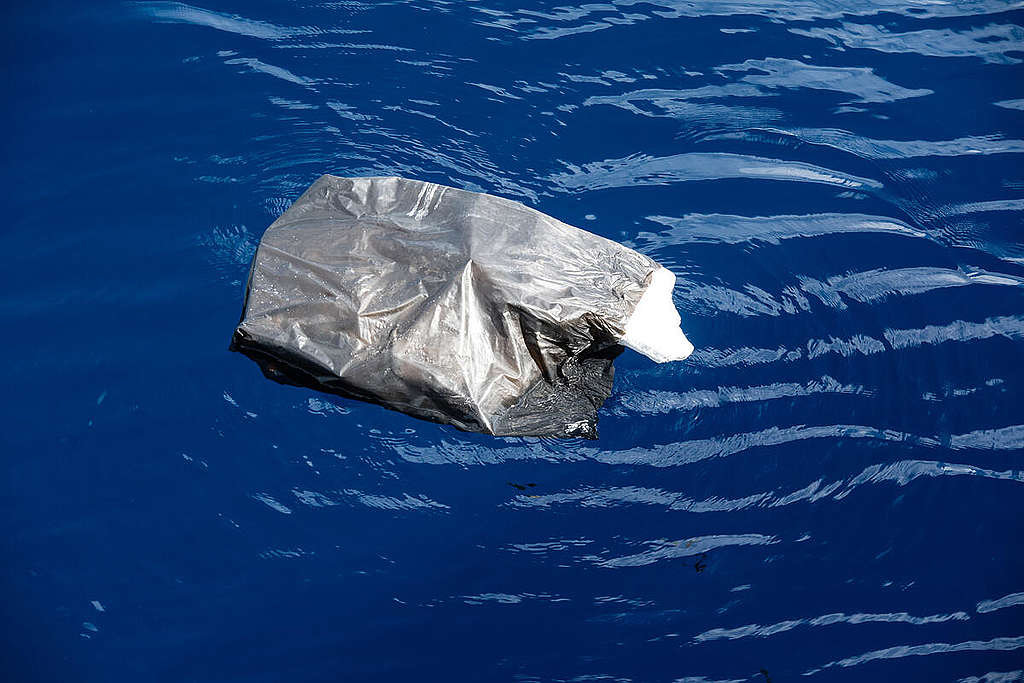
Image ID: GP1SV34F
Plastic pollution continues to be a menace to the Indian Ocean. A great deal of the approximately 11 million tonnes of plastic dumped into the oceans annually ends up in the Indian Ocean, making it the second most polluted ocean in the world after the North Pacific. Much of this plastic washes up on the shores of the Indian Ocean, and so much more accumulates on the ocean floor.
Worse is when this plastic converts to microplastics and harms marine life after being mistakenly ingested. Our oceans are projected to have more plastics than fish by 2050 if this trend continues. Consequently, fish populations may grow extinct if serious measures are not taken.
What is Greenpeace Doing About It?
To safeguard the health of the ocean and marine biodiversity, Greenpeace started a #BreakFreeFromPlastic campaign to champion a strong Global Plastics Treaty with the hope that countries will get behind it and promise by 2024 to stop plastic pollution.
Anyone that has witnessed how messed up our oceans are because of plastic pollution understands why we are so focused on getting a treaty with uniform rules for all participating countries. The treaty negotiations kicked off in December 2022 in Uruguay’s Punta del Este, and the second session is set to take place in May 2023 in Paris, France.
At the first session of the negotiations, numerous nations showed their support for this treaty, with some rightly arguing that human rights demanded that governmets support it. But plastic manufacturers, who are the main culprits behind the global plastic pollution in our oceans, expressed their disinclination to the treaty – as did fossil fuel companies.
Lucky for us, this isn’t our first rodeo. Never one to back down from a challenge, Greenpeace plans to see this treaty through, just like we did with the Global Oceans Treaty and numerous other victories. But we cannot do this without your support, which is why we would like you to join us in exposing the big brands that are contributing to plastic pollution and demanding that our governments do right by their people.
14. There’s widespread coral reef bleaching and destruction in the Indian Ocean
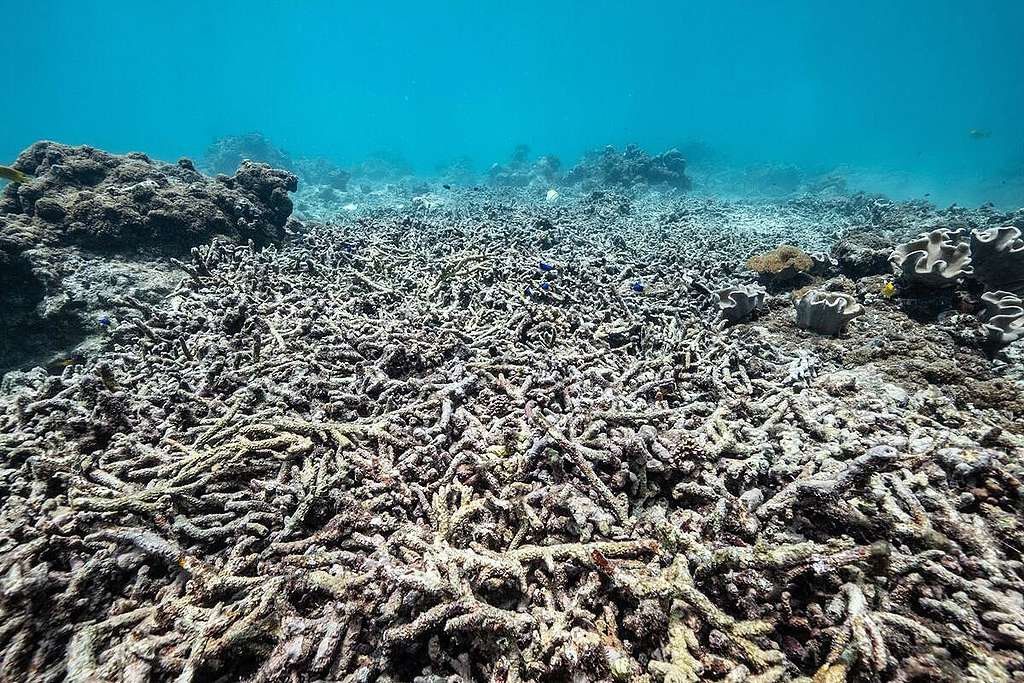
Coral reefs are essential to the survival of marine life. They act as habitats, breeding and feeding grounds, and hiding spots for various marine species, making them an incredibly diverse ecosystem.
However, the survival and thriving of marine biodiversity rely on the maintenance of a symbiotic relationship between corals and algae known as zooxanthellae. This algae offers photosynthetic nutrients and gives corals their unique appearance. Loss of zooxanthellae results in coral bleaching, and if environmental factors responsible for the bleaching remain unchanged, they die.
Global warming and the subsequent increase in ocean water temperatures are among the leading causes of coral bleaching and destruction in the Indian Ocean. Coral reefs thrive in a temperature of between 20 – 280C (680F – 820F). Anything below or above this causes them to expel zooxanthellae resulting in their bleaching or destruction.
The current seasonal temperatures in the Indian Ocean go as low as 140C (570F) and as high as 320C (900C), thus increasing the risk of coral bleaching. But global heating may cause prolonged periods of high temperatures in the ocean that will cause irreversible damage to coral reefs, resulting in their death.
The frequency of industrial waste, sewage runoff, and chemical and oil spills in the Indian Ocean also triggers coral bleaching or destruction. This toxicity is detrimental to the growth and reproduction of corals, whose capacity to replenish is already low, as they take decades and sometimes even centuries to form. There’s no telling when they may reproduce once damaged, which puts the safety of marine biodiversity at stake.
Coral bleaching and destruction can also hurt the economies of countries like South Africa and Seychelles, whose fisheries and tourism sectors rely on healthy coral reefs to flourish.
What is Greenpeace Doing About It?
Over a decade ago, Seychelles began a coral reef restoration project dubbed “Reef Rescuer’s Project” under the environmental justice organisation Nature Seychelles. This came after the country’s coast experienced extensive coral bleaching and destruction. With the assistance of reef rescuers and more than a decade’s effort, the country’s degraded reefs are being restored to their original healthy state. This is among the numerous projects that have informed Greenpeace’s efforts to secure a Global Ocean Treaty to protect the oceans and safeguard local community livelihoods thus far.
Considering the significance of coral reefs in preserving marine biodiversity and ocean health, it is imperative that they are included as part of the areas that are protected, making this treaty the ideal remedy for coral reef destruction.
Other ways Greenpeace is safeguarding the health of coral reefs in our oceans is through the #BreakFreeFromPlastic campaign, advocating for a Global Plastics Treaty, and the deep sea mining campaign.
Coastal development is putting a strain on the Indian Ocean
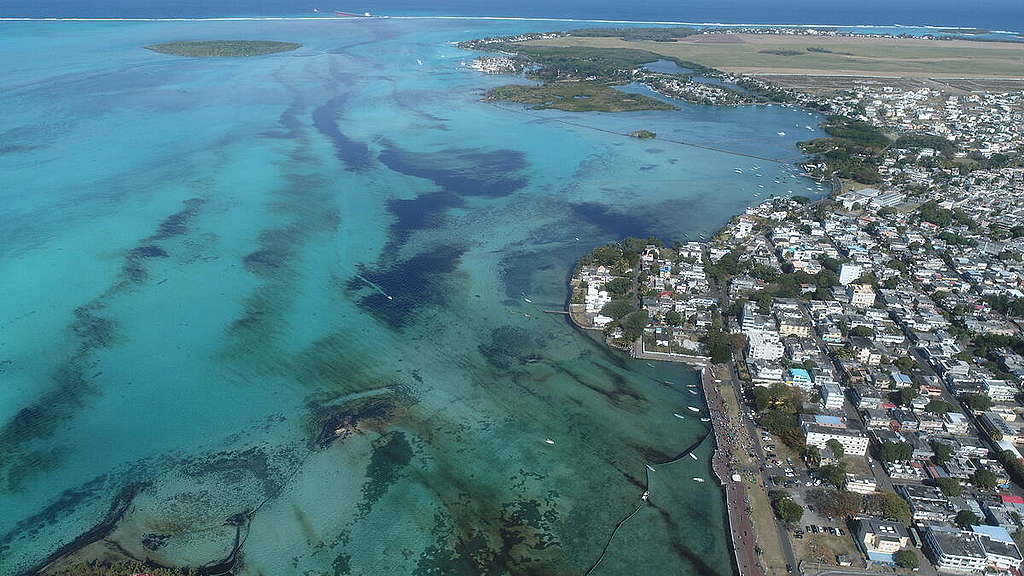
It is not surprising that the Indian Ocean attracts tourists from all over the world. Its beautiful islands, warm waters, and sandy beaches are a sight to behold. The downside to this is the resulting coastal development that threatens the health of the ocean and the lives it sustains.
Over the years, we have witnessed coastal infrastructure development, including ports, tourist hotels, and marinas along the Indian Ocean, to sustain the tourism industry. The continued construction of infrastructure indicates the sector’s ignorance of the ocean’s carrying capacity. If outcomes such as marine habitat destruction, fragmentation, or loss are anything to go by, this capacity has already been exceeded.
But that’s not all. Coastal development is also responsible for the increased pollution in the Indian Ocean due to industrial waste and sewage runoff. This, coupled with the blocking of natural coastal processes such as sediment inflow, often results in the loss of beaches and the destruction of mangroves. Consequently, this puts the ocean at risk of tsunamis and storm surges, which are detrimental to the marine environment.
Indigenous and coastal fishing communities have not been spared either, as such developments have displaced most of them. Unfortunately, losing their homes also means losing their traditions and livelihoods, making sustaining themselves and their families difficult.
What is Greenpeace Doing About It?
Again, the Global Ocean Treaty is vital to regulating coastal development in the Indian Ocean. The treaty aims to protect 30% of degraded ocean ecosystems, some of which have been destroyed due to poor coastal planning. Nonetheless, the effectiveness of the treaty requires governments to fulfil their obligations. We need governments across our continent to urgently reevaluate their national and island-specific carrying capacities to ensure that coastal developments are within acceptable limits.
Failure by administrations to oversee strict adherence to environmental impact assessment protocols is also an issue affecting the regulation of coastal developments. It is time for governments to realise that no one is above the law and that allowing destructive actions to go unpunished is unlawful. The rules and policies guarding environmental protection exist for a reason and must be strictly followed. With support from our governments, we can be sure that the Global Ocean Treaty will effectively help us protect our oceans.
We Need You
The ocean’s health directly links to human rights. It not only sustains life and livelihoods on our planet but also mitigates climate change impacts. As such, further deterioration of its health would have far-reaching implications for our survival. We need your help to stop that from happening.
Here is how you can help:
- Support us in putting a clear stop to single plastic production and use by taking a pledge, sharing our message on your socials, or donating to our cause.
- Help us demand a lasting solution to plastics pollution by supporting the negotiation for a strong Global Plastics Treaty here.
Tell governments to put an end to deep sea mining before it begins by joining our campaign here.

